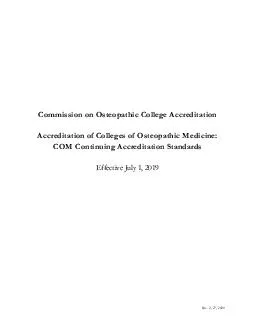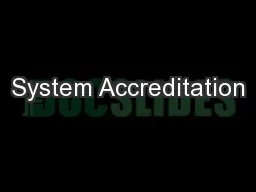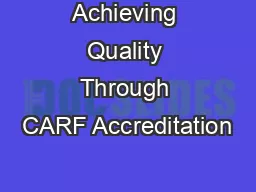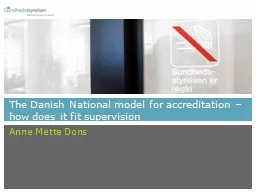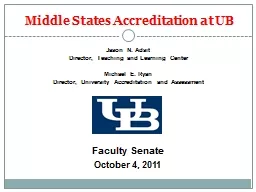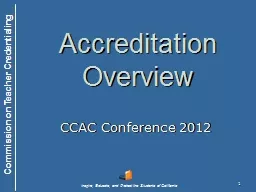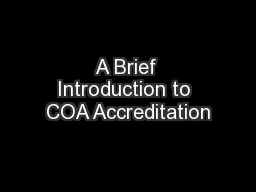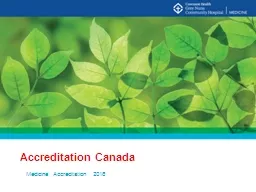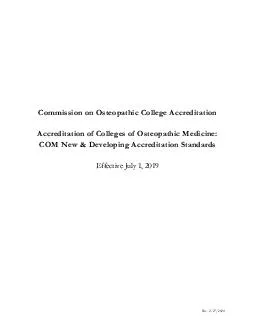PDF-Page 2 of 51 COCA Continuing Accreditation Standards
Author : barbara | Published Date : 2021-10-02
Rev 2272020 Commission on Osteopathic College Accreditation American Osteopathic Association Chicago IL 606116824 Telephone 312 2028124 Email predocosteopathicorg
Presentation Embed Code
Download Presentation
Download Presentation The PPT/PDF document "Page 2 of 51 COCA Continuing Accreditat..." is the property of its rightful owner. Permission is granted to download and print the materials on this website for personal, non-commercial use only, and to display it on your personal computer provided you do not modify the materials and that you retain all copyright notices contained in the materials. By downloading content from our website, you accept the terms of this agreement.
Page 2 of 51 COCA Continuing Accreditation Standards: Transcript
Download Rules Of Document
"Page 2 of 51 COCA Continuing Accreditation Standards"The content belongs to its owner. You may download and print it for personal use, without modification, and keep all copyright notices. By downloading, you agree to these terms.
Related Documents

